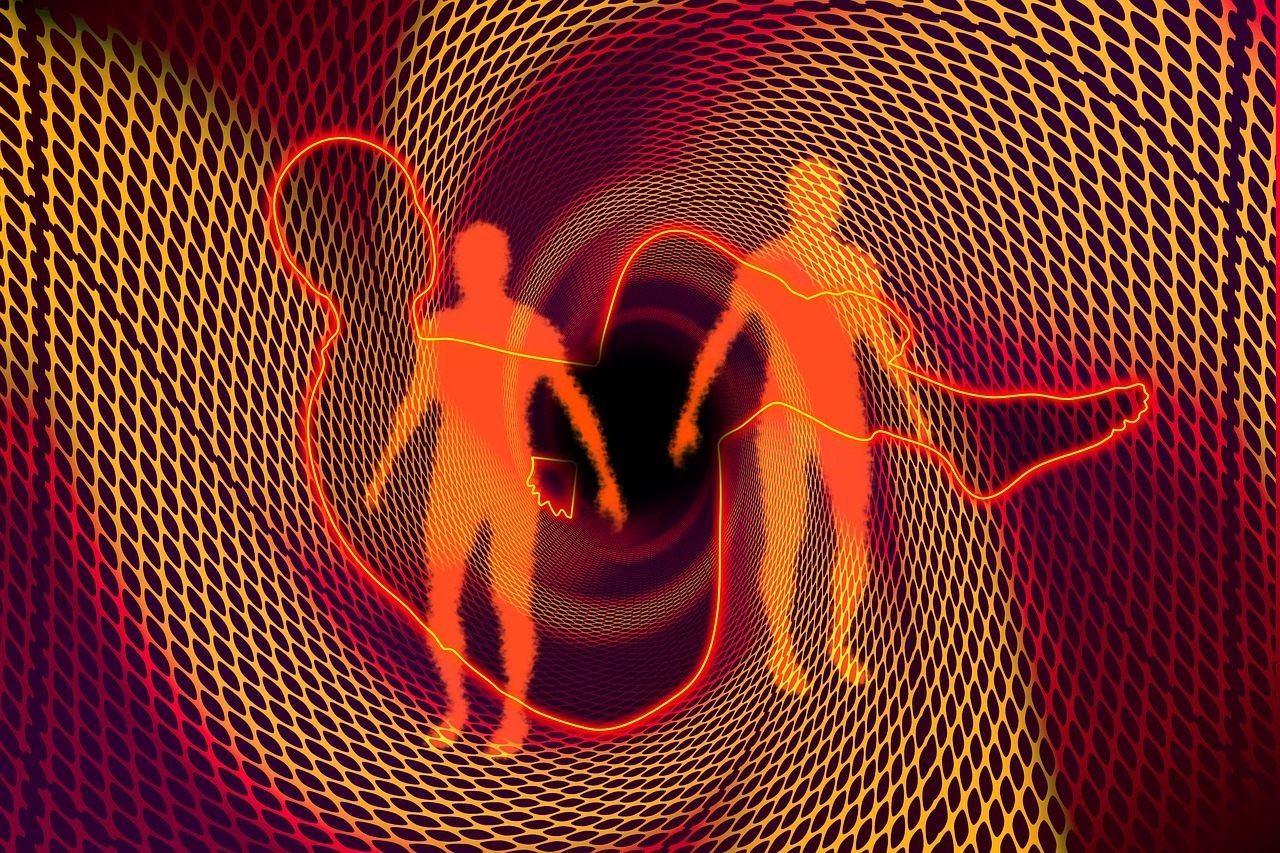Trauma is more than simply having a terrible experience. Indeed, a traumatic life-event can cut to the very core of your being.
Everything that you know about the world and your place in it is turned upside down. You thought that you were safe and secure, but you were not. The people or institutions in your life that you believed you could count on have let you down.
This could have happened at any time during your life, whether you were a child or stretching into adulthood.
Despite all the pain and pitfalls that trauma can bring, it is possible to heal. Trauma therapy can provide the support you need on the path to recovery. Part of your journey is understanding what phase one of that path should look like—establishing safety.
No Longer Feeling Exposed
With unresolved trauma, you are always feeling exposed to danger and threats. Your brain doesn’t believe that you are safe. So it continuously remains in that state of alert where anything could trigger a strong reaction.
However, through trauma treatment, you can begin with learning to establish safety within yourself and ease up a bit. It will be a gradual process and might take a little while. But in time, you’ll come to understand what it means to no longer feel like you are in constant danger. And you’ll learn that you do not have to take shelter behind the emotional walls you have built.
Of course, that doesn’t mean you feel completely relaxed. But you can at least loosen your grip a little.
Getting Your Needs Met
Another part of phase one in your healing journey is that you are getting what you need to feel whole. In fact, for trauma recovery to work in the long-run, it’s necessary to have all these basic needs satisfied.
That means, for example:
- Eating healthy
- Having a safe place to live
- Getting enough sleep
- Exercising
- Avoiding drugs and alcohol
- Not putting your safety at risk through self-harm
Note that this not only involves physical needs but also emotional ones. And that means feeling okay with sharing your story, expressing your thoughts and feelings, and not fearing any repercussions for doing so. Focusing on both your physical and emotional needs lays the groundwork for internal safety.
Having People to Count On
You can’t go it alone in trauma recovery. Rather, you need to have a support system of people you can count on. These are more than just friends (although friendships are important). They are the kind of people you know you can rely on to have your back, no matter what.
If you need to talk, they will pick up the phone. If you need someone in-person with you to feel safe, they will visit you. With these people, you can be yourself, lower your emotional walls, and be completely comfortable in your skin.
That’s a tall order, for sure. However, everyone has someone in their lives that falls into this category. Identifying these sources of unwavering support increases your feelings of safety because it creates a safe relational environment.
Keeping Your Emotions in Check
The final piece of phase one involves emotional management. What this means is that if you experience a trigger, you have the capacity to manage your emotions. This could be a grounding technique such as identifying your five senses. Or you may focus on your breathing and how it relates to your body.
The idea is that if you do get escalated, you are able to manage the situation, create safety, and prevent things from getting out of control.
Note that there is a difference between managing and controlling. You can’t control how you feel. However, you do have the power to use an intervention strategy to keep your emotions from overwhelming you.
—
Recovering from trauma takes time. But that doesn’t mean it’s impossible. What’s important is following a plan that allows you to heal by, first and foremost, creating safety. Completing phase one of your journey means you’ll have reached a point where you no longer feel like you are simply reacting to your trauma. Instead, you are beginning to respond in a thoughtful way that empowers you.
If you are interested in learning more about the trauma recovery process, reach out to today to talk about how therapy can help you, 256-573-8922.

